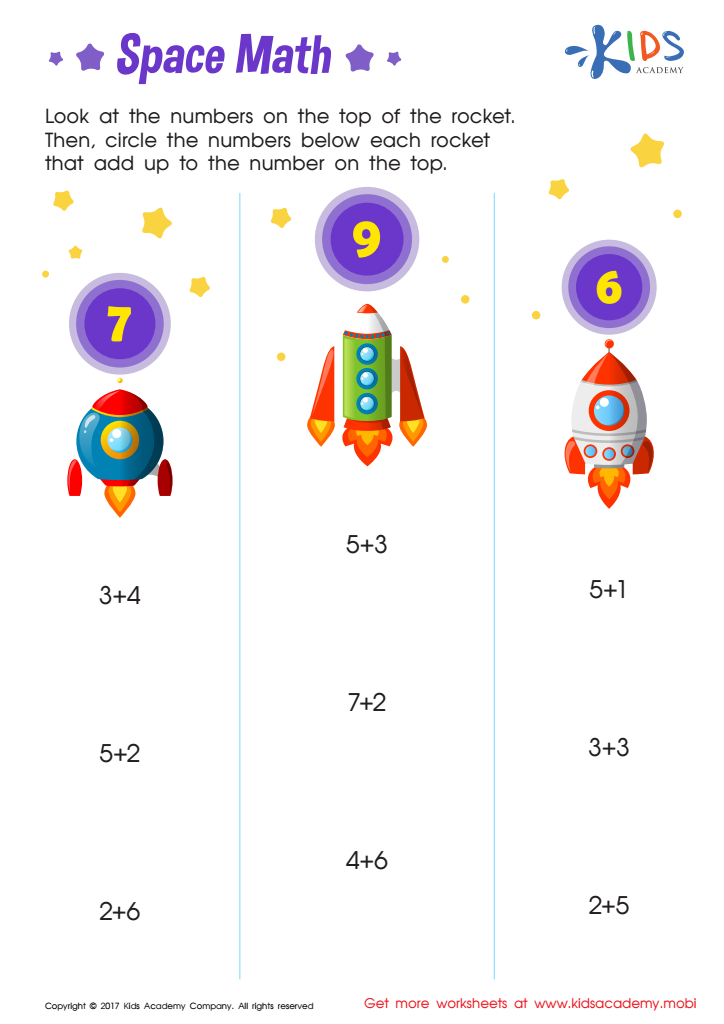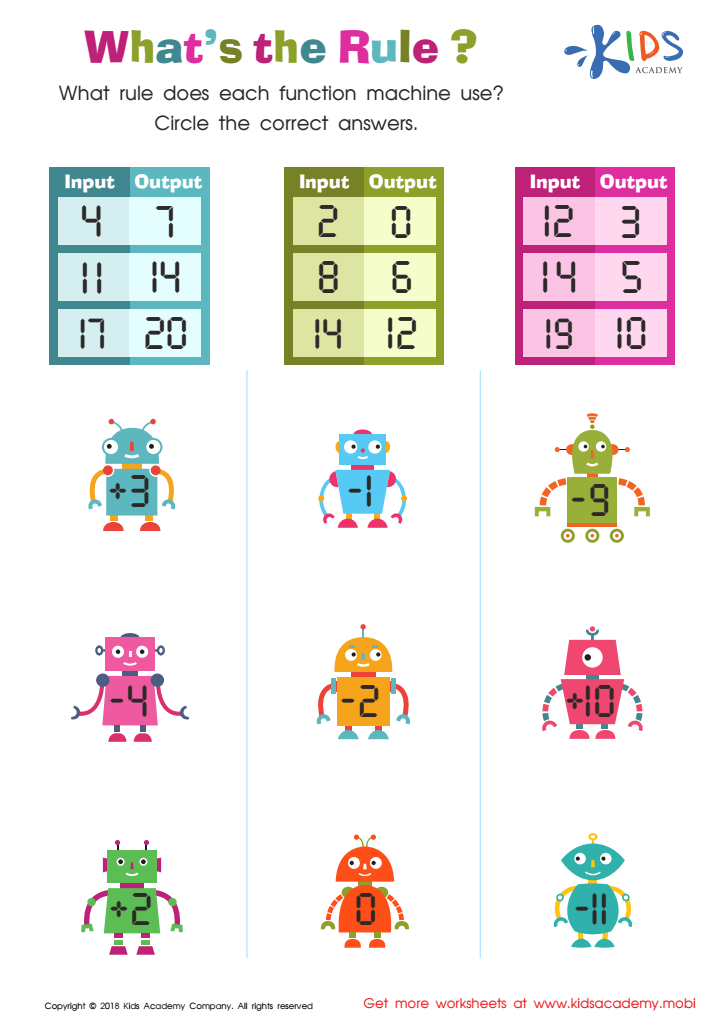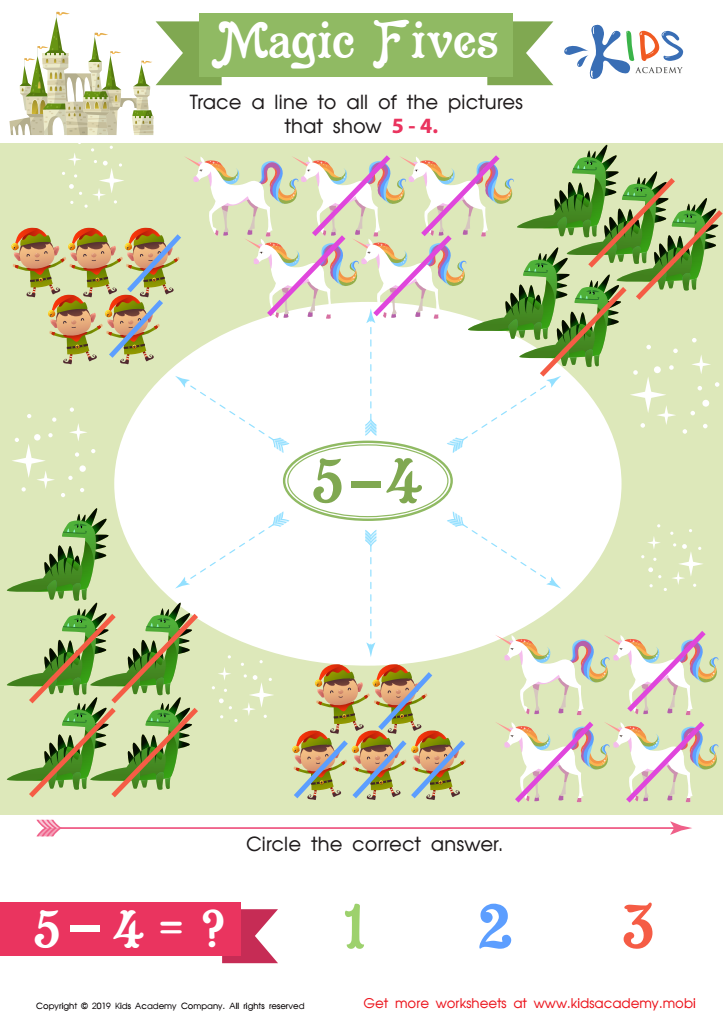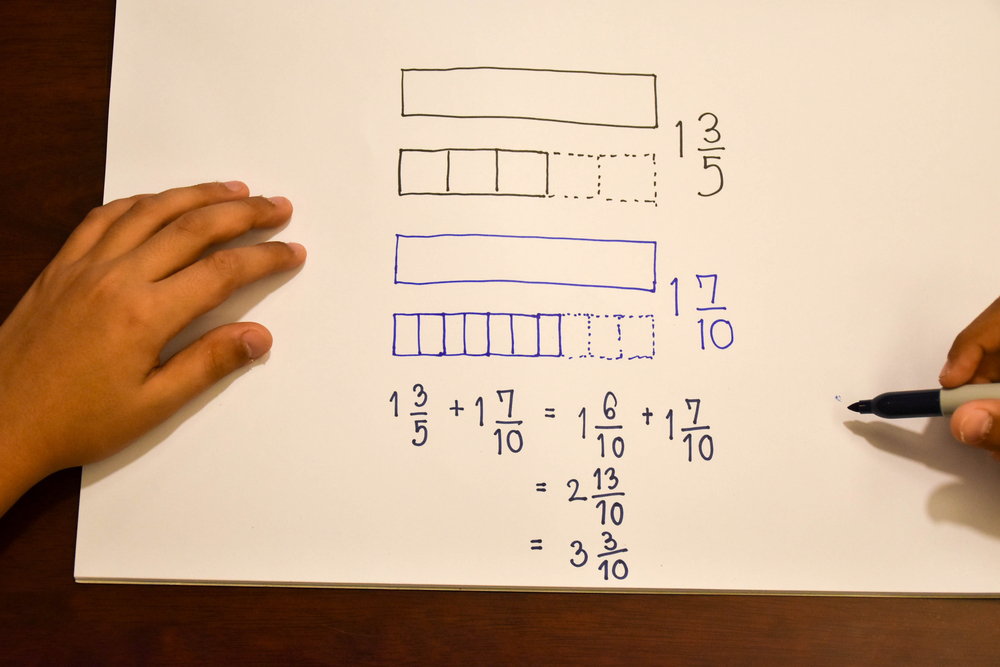Understanding patterns Normal Addition & Subtraction Worksheets for Ages 3-7
4 filtered results
-
From - To
"Understanding Patterns in Normal Addition & Subtraction Worksheets for Ages 3-7" is designed to boost foundational math skills in young learners. Our engaging worksheets promote the recognition of numerical patterns, helping kids to visually grasp the concepts of addition and subtraction. These activities support cognitive development and logical thinking, catering specifically to early childhood education. As children color, count, and solve these fun exercises, they will develop essential critical thinking and problem-solving skills. Perfect for home or classroom use, these worksheets offer an enjoyable way to ensure your child builds a strong math foundation, preparing them for future mathematical challenges.


Addition: Space Math Worksheet


What's the Rule Worksheet


Magic Fives Worksheet


Boomerang Addition Worksheet
Understanding patterns and basic math operations such as addition and subtraction is crucial for children aged 3-7 as it forms the foundational blocks for their future mathematical learning and cognitive development. Patterns help young minds develop reasoning skills by recognizing sequences and relationships, which are essential for problem-solving and logical thinking. By identifying and predicting patterns, children learn to make sense of the world around them, fostering natural curiosity and exploration.
Basic addition and subtraction are equally critical as they introduce children to fundamental arithmetic concepts. These early math skills enhance their numerical literacy and help build confidence in handling more complex math problems as they progress in their education. Mastery of these operations at a young age is linked to better performance in later grades, not just in math, but across all subjects where logical reasoning is applied.
Supporting children in grasping these concepts also strengthens their cognitive abilities such as memory, attention span, and processing speed. Furthermore, early success in mathematics often encourages positive attitudes towards the subject, reducing anxiety and promoting perseverance. Therefore, understanding and valuing the importance of patterns, addition, and subtraction in early childhood is essential for parents and teachers aiming to cultivate well-rounded, confident learners equipped for academic success.
 Assign to My Students
Assign to My Students





















